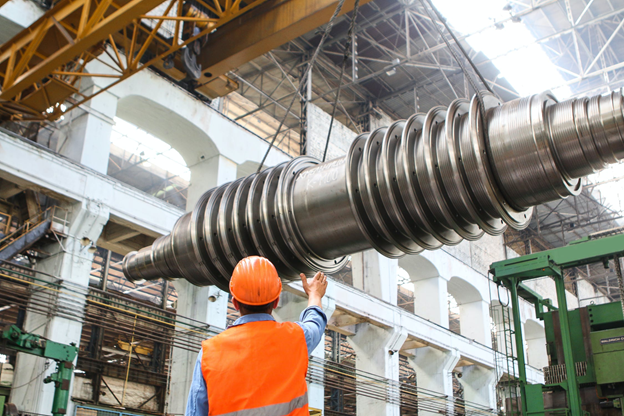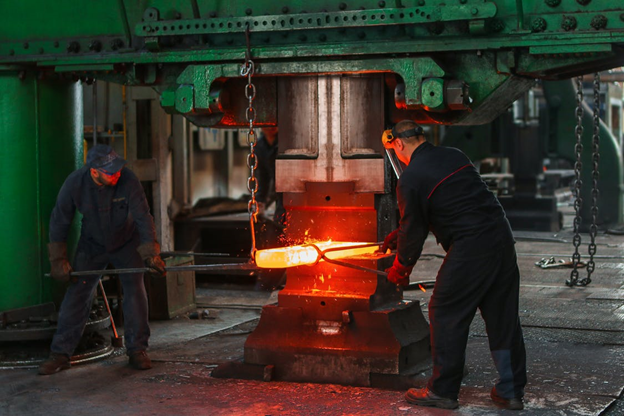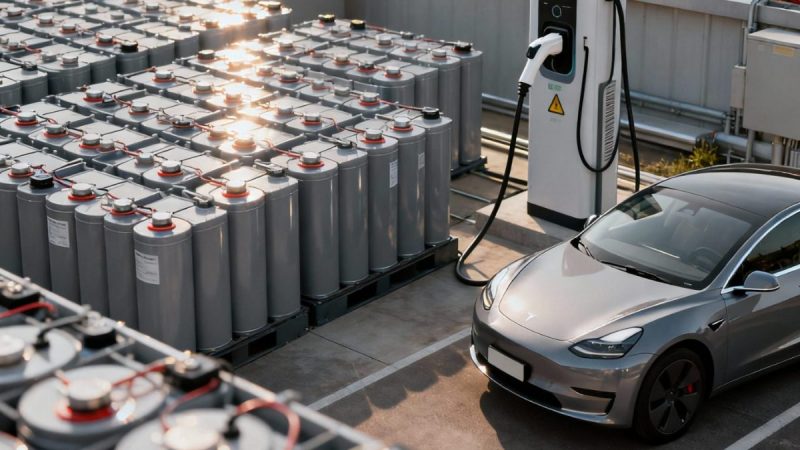Five Critical Factors When Choosing Sheet Metal Fabrication

The manufacturing industry heavily relies on sheet metal and, in fact, it could easily be one of the most critical building materials in the industry. Sheet metal is made from numerous metals, such as titanium, copper, nickel, steel, tin, and aluminum.
Sheet metal fabrication turns these flat sheets into metal products or structures by folding, assembling, punching, and cutting. Sheet metal is incredibly versatile and can be molded into any shape by burning and cutting the metal.
It offers its durability and versatility to a variety of industries, including appliance manufacturing, aerospace, industrial furniture, consumer electronics, machinery transportation, and industrial furniture. Here’s everything about the factors you need to consider when choosing sheet metal fabrication.
How sheet metal is used
Sheet metal can undergo numerous processes, including machining, tapping, drilling, rolling, and punching. The sheet metal will be laser-etched, brushed, plated, powder-coated, anodized, and liquid-painted to finish off.
As technology advances, so does the process of sheet metal fabrication. Equipment, materials, processes, and tooling are as modern and specialized as ever, reducing the time required to create sheet metal parts. For maximum benefits, it’s critical to opt for a supplier that fully understands sheet metal fabrication and can offer all the benefits associated with it.
The fabrication technique

Sheet metal essentially starts flat, but it’s first rolled into a long ribbon out of a large ingot according to the thickness you require. The process requires flattening the coils and delivering them as large sheets in varying lengths according to what they’re needed for.
There are multiple hot and cold forming techniques that bend and form the sheet metal using multi-axis machines. These processes are typically used in the manufacturing of aluminum cans, consumer appliances, and automobile panels.
In hot forming, the press is similar to an oven that surrounds the die that goes inside a box. This oven is typically heated to around 2,000 degrees, usually taking an hour to hit on the die. This material is then pressed and cooled.
In contrast, cold forming involves shaping a piece of metal around room temperature. While it may be heated a little, it’s usually mild. The metal is pressed between two dies until it assumes the shape you require. These dies have a long lifespan which offsets their expensive cost. Cold forming is generally preferred due to lower costs, greater detail, and shorter timeframes.
Material used
A wide range of alloys and metals are available as sheets and are used as part of the fabrication process. Which material you eventually choose depends on the final application and the material’s corrosion resistance, weight, costs, weldability, and formability. The materials typically used in sheet metal fabrication include:
- Aluminum: Aluminum boasts an incredible strength to weight ratio and natural corrosion resistance. It’s widely used in the manufacturing industry due to its properties, including high electrical and thermal conductivity. Its applications include cooking utensils and heat exchanges, power grid lines, and truck and marine frames.
- Brass/Copper: Brass has lower zinc content which is why it can be brazed, cold-worked and welded. Additionally, its high copper content helps create a protective oxide layer on its surface to prevent further corrosion. This layer results in a highly desirable aesthetic look found in numerous consumer-facing and architectural products.
- Stainless steel: There are numerous steel grades to consider, with the most common grades being austenitic, ferritin, and martensitic.
Design considerations
Many manufacturers end up incurring losses due to a gap between the design process and the actual fabrication process. It’s essential to have as much information during the fabrication process as possible in order to have successful manufacturability.
Note that sheet metal fabrication is a great option to consider when standard tool sizes are used. It becomes expensive if you require custom tools that need to be made specifically. Apart from this, bends typically stretch materials, so you should locate features like cut-outs and holes away from these bends to prevent distortion.
Moreover, it would help if you kept factors affecting sheet tolerances in mind, such as material thickness, the complexity of the fabrication process, and the machines used. Also, keep in mind that if you weld thin materials, it can result in warping or cracking, so you should consider other joining methods.
Finishing the sheet metal
There are multiple reasons why you should finish metals and methods you can consider. Finishing techniques help reduce the likelihood of cust or corrosion and may also improve the aesthetic quality of the material. They could also alter the material’s surface. Finishing techniques often include:
- Plating, which involves coating a layer of metal to protect from wear and tear and improve the look of the object.
- Brushing, which involves removing surface defects to create uniformity.
- Polishing, which involves removing a thin layer of the material and the layer of oxidation. It smooths the metal, removes imperfections, and makes it gleam.
- Abrasive sandblasting, which involves forcibly propelling abrasive material against the metal’s surface to smooth out the rough surfaces.
- Powder coating, which involves creating a hard finish that’s stronger than typical paint. It’s an excellent option for customization.
Final Thoughts
Sheet metal fabrication is a standard manufacturing process that is widely used in an unlimited number of industries. It’s a cost-effective way of getting your desired size and shape, and you’ll only need a short amount of time to produce your selected piece, ensuring that sheet metal fabrication is an excellent way to go.
The most critical aspect of successful sheet metal fabrication is the process before the actual fabrication. Once you’ve mastered the setup, you’ll be able to spread the cost and benefit from all the advantages offered.






